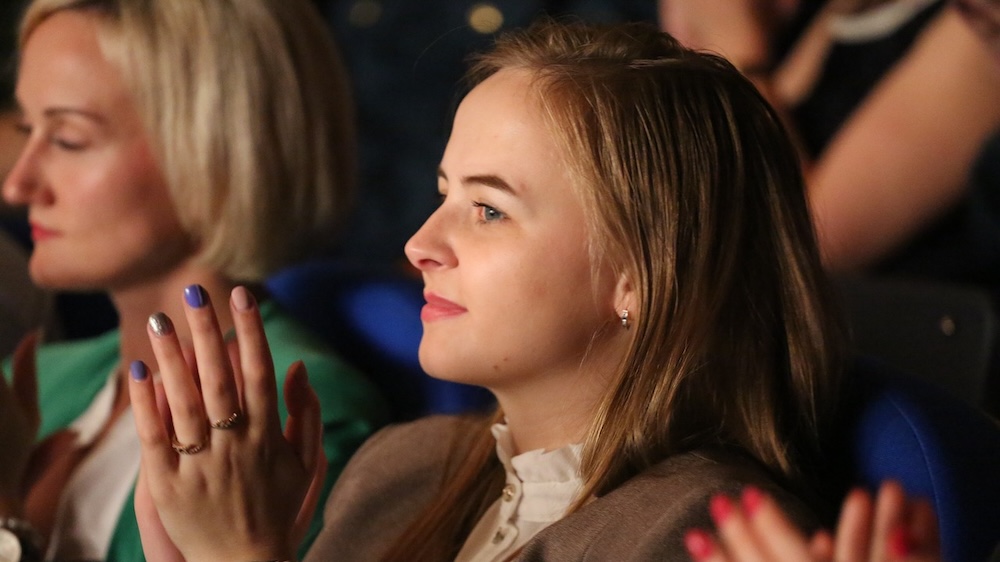



While uncertainty presents challenges, it also creates opportunities to reinforce events’ value.
As you navigate global uncertainties, here are four approaches you can take to minimize risks and maximize potential opportunities.
1. Focus on High-Impact Audiences
Not all markets will be equally affected by geopolitical shifts, which means it’s critical to re-assess which audience segments are most likely to remain engaged. Prioritizing sectors that aren’t reliant on federal grants and won’t be negatively impacted by tariffs over those that may be at risk will allow for more refined promotional efforts.
Furthermore, retargeting efforts perform higher than cold outreach, so it could make more sense to focus more on past participants and prospects who have engaged with previous campaigns. Offering loyalty-driven incentives and personalized outreach will likely prove more effective than generalized marketing efforts targeting a broader audience.
2. Refine Messages for Relevance
Aligning messaging with current attendee priorities can help position events as problem-solving hubs that bring communities together. For example, “Find solutions to supply chain disruptions and evolving regulations” is more likely to resonate than “Meet with suppliers and peers.”
Tailoring outreach based on audience segments also helps make an impact. Corporate executives, small business owners, and international delegates have distinct concerns, and by acknowledging those differences, you’re more likely to strike a chord. To deliver those customized messages, consider refining and segmenting existing attendee lists. That allows for hyper-targeted email campaigns — a cost-effective way to personalize your outreach and really speak to your audience’s needs.
And when it comes to creating urgency, frame it with purpose by positioning attendance as a strategic move that offers critical insights or competitive advantages. For exhibitors— especially those coming from outside the U.S.— highlighting flexible cancellation policies, customized support services, and transparent contingency plans can help them feel more confident about their investment.
3. Stay Informed and Agile
As industry conditions evolve, audience sentiment can change quickly — which is why it’s important to remain flexible. Pulse surveys, social listening, and registration trends help identify concerns early, allowing for timely adjustments like refining messaging, reallocating budget, or introducing last-minute incentives to drive engagement.
In the midst of federal policy changes, some event professionals are offering discounted event registration to impacted groups and are building in more peer-to-peer discussion opportunities — all to provide additional value to their communities during the disruption.
4. Maximize Your Marketing Budget
Geopolitical uncertainty drives economic uncertainty, which means event marketers could be challenged to expand impact without expanding their budgets. Successful tactics include focusing more on organic social-media strategies that create a sense of community and developing timely content centered on new issues audiences are facing. Providing ready-to-use marketing materials to exhibitors and speakers is another cost-effective way to reach new prospects. Additionally, extending an event’s digital footprint with year-round engagement opportunities — like content previews and industry trend reports — helps keep audiences engaged long-term.
While uncertainty presents challenges, it also creates opportunities to reinforce events’ value. By refining messaging, focusing on high-impact audiences, addressing prospects’ current concerns, and staying agile, event marketers can ensure their events remain not just relevant, but indispensable.
Kimberly Hardcastle-Geddes is president and chief marketing strategist at mdg, A Freeman Company, a full-service marketing and public relations firm specializing in B2B events.






